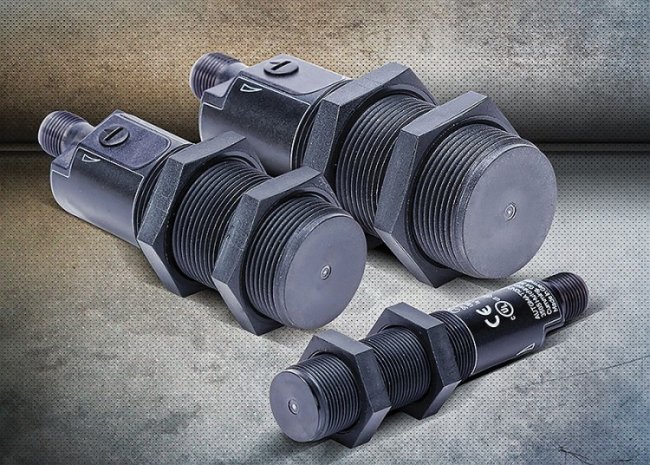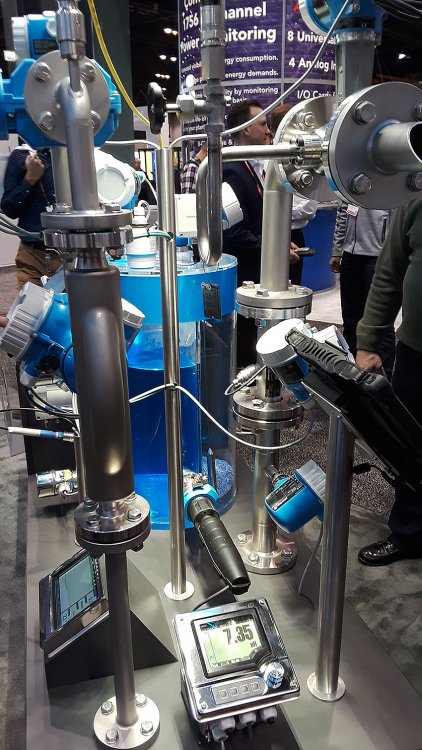Selection and use of process sensors
There are several general factors to consider when selecting process sensors, such as the operating environment, mounting options, and wiring.
When selecting process sensors, several general factors need to be considered to avoid installation and application issues during implementation. These factors include their purpose, operating environment, assembly options, installation, calibration, commissioning and commissioning, operation and maintenance.
All these factors must be taken into account in the design. They have a significant impact on the final form and function of the sensor and the connected or controlled device.
Careful evaluation of these factors will prevent redesigning or replacing the sensor in service, which also leads to additional costs and possible delays.
Capacitive proximity sensors detect metallic and non-metallic objects through insulating materials such as wood or plastic and are often used to detect the level of liquids or powders.Photo courtesy of Automation-Direct, a new product database for technicians.
Process sensor environment
Working conditions can be very different. For example, when water is purified, the environment is usually wet, dirty, aggressive and dangerous. Industrial environments are similar in many ways, but there are also materials such as metal dust and shavings or flying fibers that can block or damage the sensor.
The goal is to provide a suitable and safe shelter that can operate in a hostile environment without being a hazard in itself.
Examples of this are installations in corrosive or hazardous locations. In the first case, the sensor cover must be designed to withstand corrosive gases or liquids. In the second case, the goal is to prevent material from entering the sensor and causing damage to it.
Sensor housings are often classified using the NEMA classification system or Ingress Protection (IP) Classification Systems… NEMA 4X and NEMA 7-10 are used for corrosion-proof enclosures. There is a relationship between these two classification systems.
When considering environmental factors, the use of intrinsically safe sensors and systems in hazardous areas should be considered whenever possible.
Intrinsically safe sensors use low current and voltage to reduce the chance of arcs and sparks that can ignite combustible materials.
When monitoring the process in an open tank, the location of the sensor should allow optimal control of the required parameter. Photo from the Endress + Hauser booth at the Rockwell Automation Fair.
Sensor mounting options
There are many mounting options and they generally follow standard methods. Process control in an open tank is self-explanatory, except that the location of the sensor must be carefully selected for optimal control of the desired parameter.
The sensor must also be installed to allow for regular inspection, maintenance and calibration regardless of the measured parameter. Non-standard installations or installations requiring special tools are directly related to errors that can affect the measurement and control of the process.
Most sensors offer standard connection options that can be easily integrated into process pipelines, vessels or vessels.
It is important to ensure that the sensor is installed in an easily accessible location so that staff can perform regular maintenance and interrupt processes due to bad data.
One issue that is often overlooked is how the cables are connected. In harsh or hazardous environments, a cable is used that is permanently attached to the sensor housing either mechanically or with a potting compound such as epoxy or filler. This prevents the ingress of dirt or hazardous materials that could damage the sensor or cause sparks and arcs.
Plugs and connectors can also be used to connect cables to the sensor, but this requires a clean environment, such as a laboratory. Using this method makes it easier to replace the sensor in case of failure. In the first case, the entire sensor and cable assembly must be replaced, which may require extensive wiring.
See also on this topic:Selection of sensors, basic principles and selection criteria


